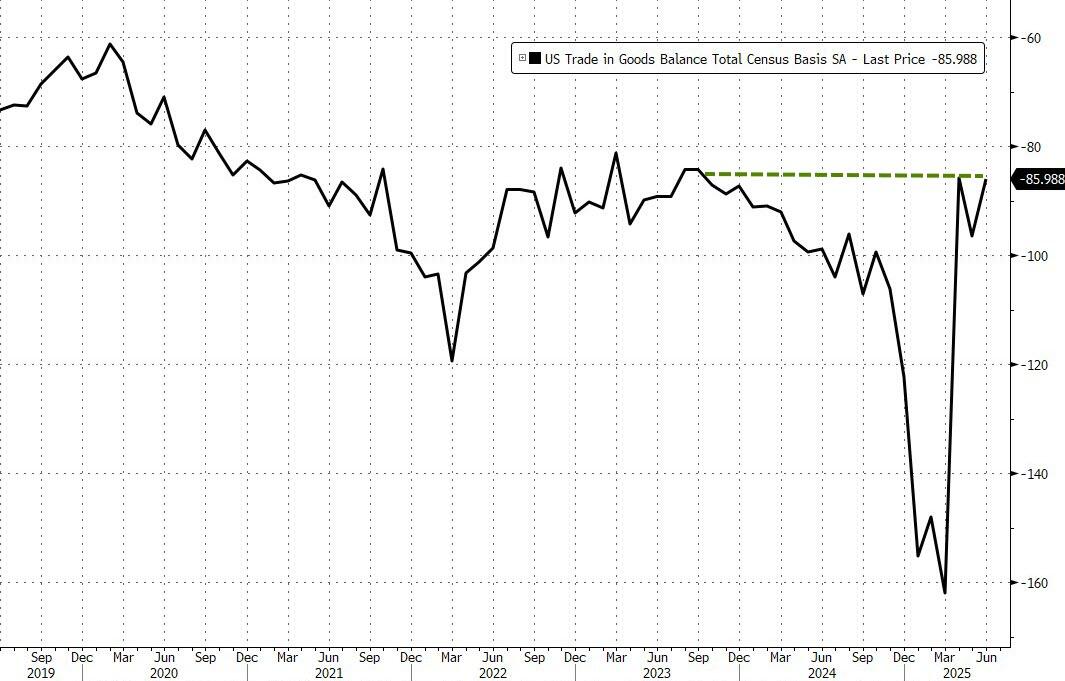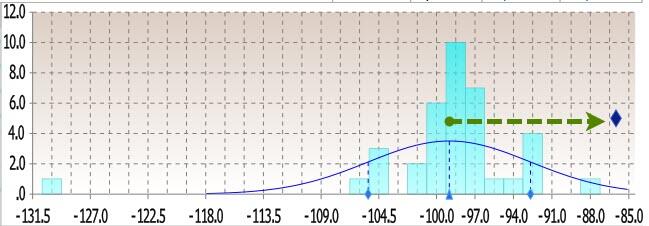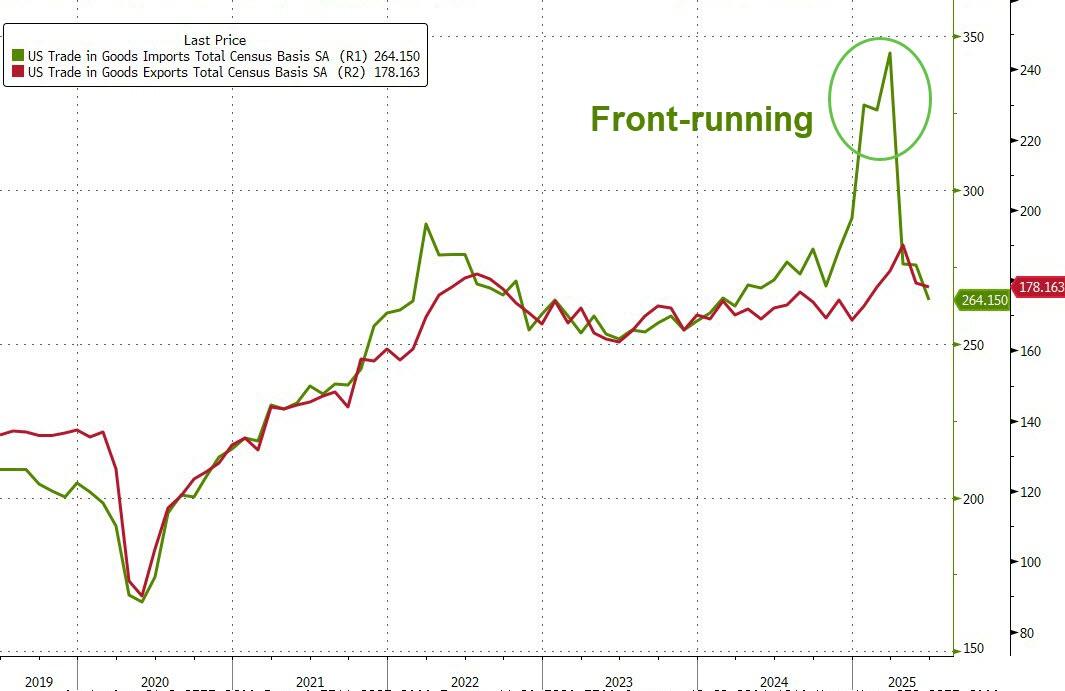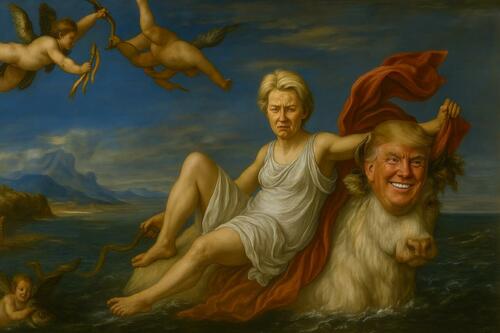Today, on this 1st of August 2025, we have reached 1,500 posts on this blog. Thank you!
What I originally envisioned as a technical blog to provide data and background to current events has slowly moved towards a more nuanced and balanced effort to present different sides of the news which are seldom covered by the medias.
Covid-19 was the prototype. It was obvious from the very beginning that the narrative was not making any sense: A bat on the wet market in Wuhan? Having been to China regularly, I knew that the Chinese do not eat bats, but conversely that there was really a "bat woman", a researcher studying virus on bats at the Wuhan Institute of virology. Likewise, that the Corona virus had been selected a long time ago as a highly weaponizable virus due to its amazing capabilities to mutate fast. Then we learned that the virus strains were coming from Canada with a technology from North Carolina to erase the insertions. Still, an Indian team had been obliged to withdraw its statement that part of HIV had been inserted in the virus because the insertions were not visible. Clearly, everything was being orchestrated by someone and the rabbit hole was deeper that it appeared. We now know how toxic the mRNA vaccines were and that this too was part of the plan. No evaluation, no testing, no nothing. Just "normal reaction to an emergency" we were told although clearly all this had been in the works for years.
If Corona, then, what else? Of course the elephant in the room is 9/11. When I was a young student, I visited the twin towers just after their completion and remember being told that they would withstand the shock of a Boeing 707 "without problem". Better, the core steel beams were getting thicker as you went down the towers to support their weight. They simply could not fall. But they did and to this day, more than 3,000 architects have demanded a thorough analysis of the destruction which has never been done. Likewise, pilots have demanded how could inexperienced terrorists, who could hardly fly a Cessna, succeed in flying to perfection the planes with a maneuver that more competent pilots were adamant they would find very difficult to perform. Let's not talk about the destruction of building 7. I remember seeing a video a few years ago of New York firemen weeping, when they realized that they had been lied to. There people had heard the explosions, they had seen the molten steel flowing bellow the rubles. And that unfortunately will remain the main obstacle to the truth. The dissonance between what people want to believe and the reality of governments having no hesitation whatsoever to lie through their teeth.
But to explore usefully such controversial subjects, it is essential to retain a solid scientific framework which is often lacking from journalistic reports. One example comes to mind: "Redacted" by Clayton Morris. I enjoy their incisive style and consequently often follow their news reports. They do not shy away from controversial subjects like UFO or more objectionable conspiracy theories. Fine. But then a few days ago, I was listening to a podcast concerning a secret base on the dark side of the Moon. How could anybody believe such nonsense? We can hardly put a man or a women on the Moon these days and there would be regular flights to the other side of the Moon? This is both preposterous and technically impossible. When I was in the US, I worked both with NASA and the JPL (Jet Propulsion Laboratory) in Passadena where I could see how complex space missions were. The military do have their mini automatic shuttle, the OMV which is flying from time to time. But we are nowhere close to flying regularly to the Moon. This would require a gigantic program like Apollo in the 1960s which would not stay secret very long. .
So as Carl Sagan once said; "It is essential to keep an open mind but not so wide that the brain falls off!" And this is what we will keep doing on this blog. Explore the darker side of the human adventure while being careful not to be engulfed in the darkness by keeping the light of science and sanity shining firmly over our heads.
Conspiracies do exist and they should be exposed. But not everything is a conspiracy. We do not control the weather although we can mess with it. We do not control earthquakes at all. Strange occurrences do happen, coincidences too. Powerful people are not a monolithic power directing human affairs. But when statistical laws are broken and the odds seem to favor a party more than expected, we not only should shine a light on the issue but it is in fact a duty. We owe it to ourselves for the progress of science and humanity. As much as possible, this blog will continue contributing to uncovering the truth, especially when it is clearly interfered with.







